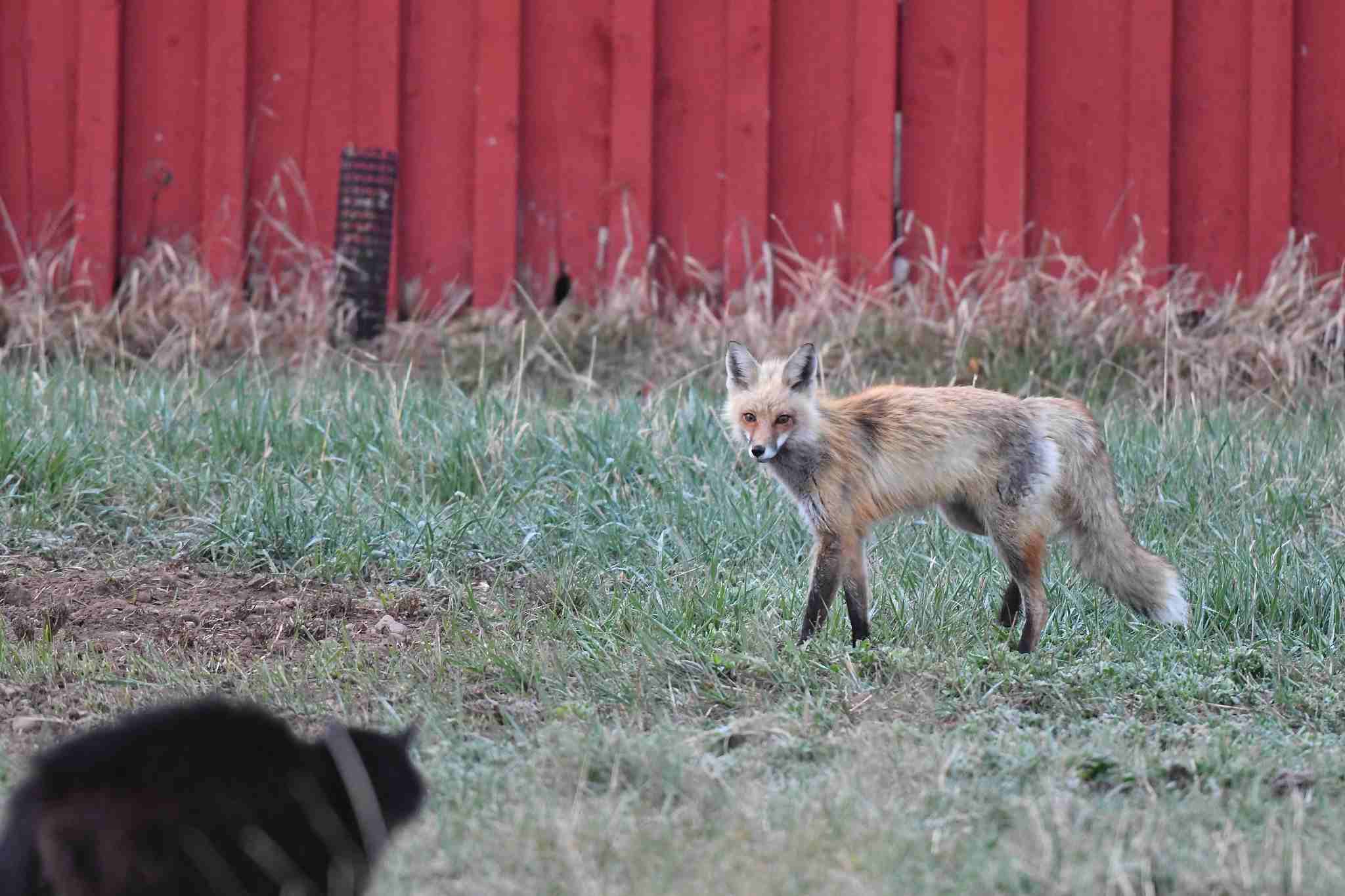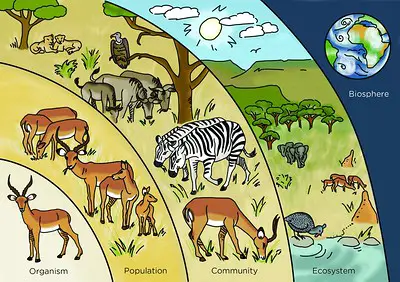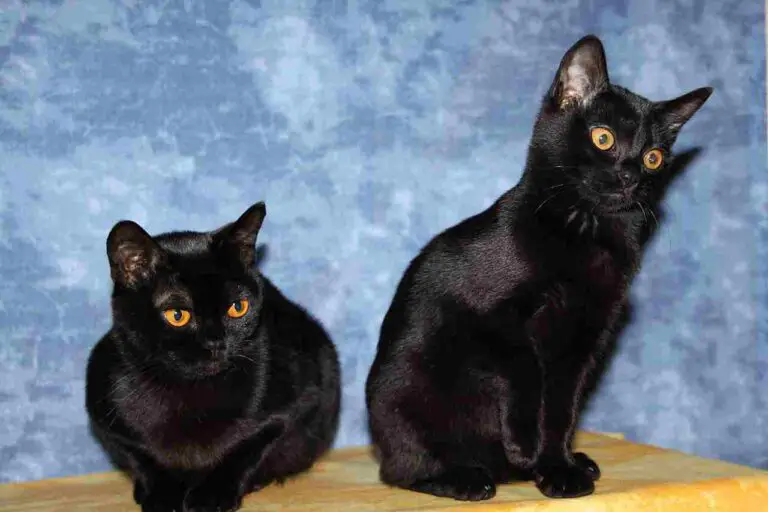Cat Vs Fox Who Wins, Overall Comparison
Comparing cats and foxes brings attention to the potential outcomes of hypothetical confrontations, acknowledging the variations in size between different species. While the size of the involved fox and cat species plays a crucial role, it is essential to note that real-life altercations between these animals are unlikely. Nevertheless, understanding the potential dynamics sheds light on their interactions and the factors influencing their hypothetical confrontations.
Cat vs Fox: Navigating Hypothetical Dynamics
I. Size Variation:
– The outcome of a hypothetical fight between a cat and a fox depends on the species involved, considering the significant size variations within both groups. Different fox species vary in size, influencing the potential dynamics of an encounter.
II. Defense Mechanism:
– An adult cat, equipped with sharp claws and teeth, would have the ability to defend itself against a fox. The cat’s agility and defensive capabilities contribute to its potential to ward off threats.
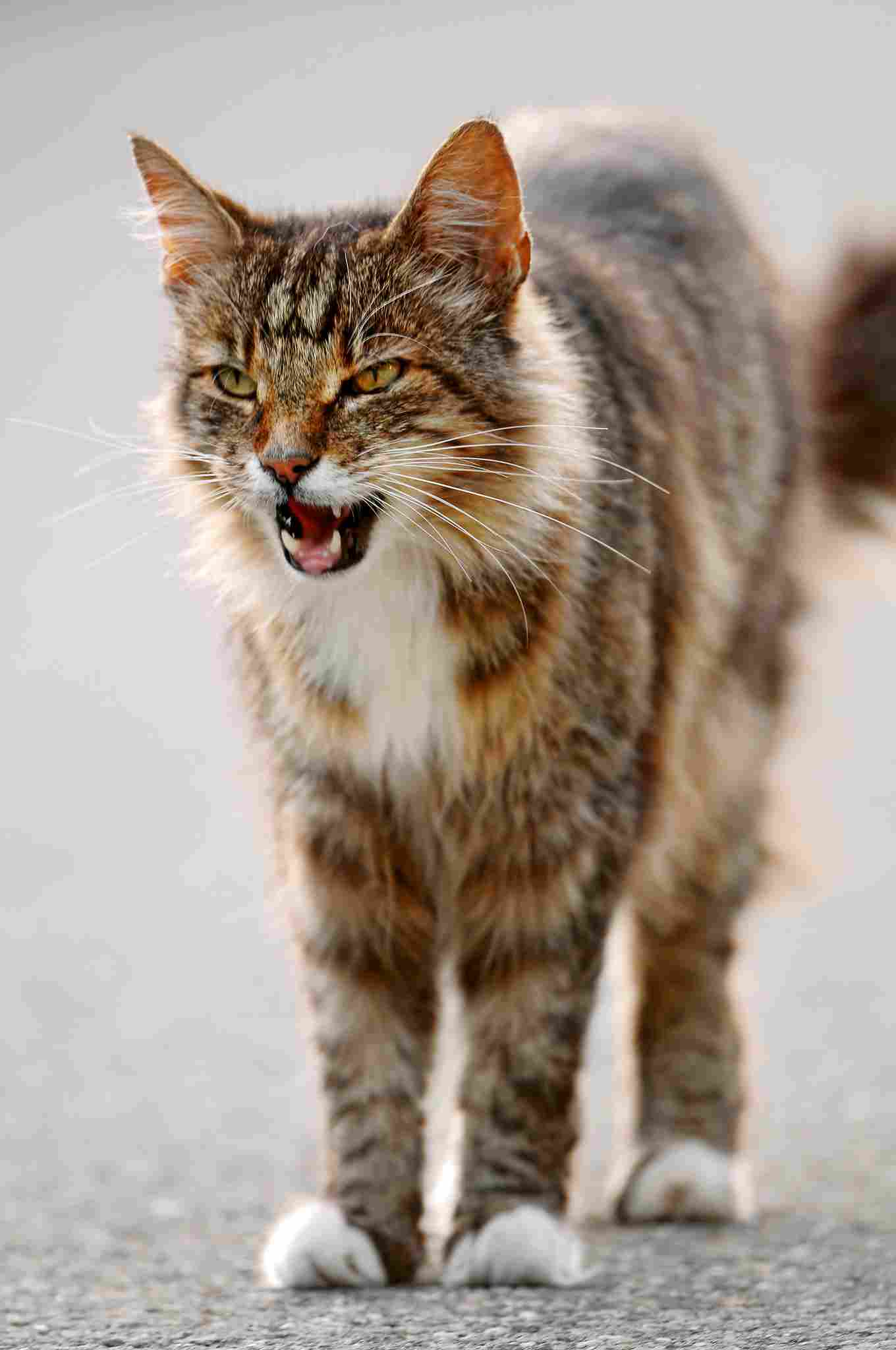
III. Unlikelihood of Altercation:
– It is crucial to emphasize that real-life altercations between domestic cats and foxes are unlikely to occur frequently. These animals typically have distinct territories and behaviors, minimizing the chances of direct confrontations.
IV. Species-Specific Factors:
– Factors such as the specific species of fox and cat, their respective sizes, and individual behavior traits all contribute to the potential outcomes of a hypothetical confrontation. Understanding these factors is essential in assessing the dynamics between cats and foxes.
V. Predatory Instincts:
– Foxes, being wild predators, may exhibit varying levels of predatory instincts. However, domestic cats, while possessing hunting instincts, are less likely to engage in confrontations with foxes due to their domestication and territorial behaviors.

VI. Real-Life Considerations:
– While hypothetical scenarios can be explored, it is crucial to emphasize that fostering safe environments for both domestic cats and foxes involves minimizing potential interactions. Understanding their behaviors and territories contributes to maintaining harmony between these species.
VII. Fostering Coexistence:
– In areas where foxes and domestic cats may share habitats, fostering coexistence involves implementing measures to deter confrontations, ensuring the safety and well-being of both species in their respective environments.
*Details of Comparison
| Criteria | Cat (Domestic) | Red Fox |
| Taxonomy | Felidae family | Canidae family |
| Appearance | Varied coat colors; distinct patterns |
Rusty-red fur, white underparts
|
| Size | Smaller; varies by breed | Generally larger |
| Weight | Varies; 5-20 pounds |
Typically 10-14 pounds
|
| Bite Force (PSI) | ~230 PSI |
200-400 PSI (variable)
|
| Physical Offensive Adv. | Sharp claws, teeth; pronounced instinct |
Sharp claws, teeth; agile pursuit
|
| Physical Defensive Adv. | Agile, climbing proficiency |
Agile, fast runners; defensive features
|
| Speed | Up to 30 mph (short bursts) |
30 mph (sustained running)
|
| Agility | Highly agile, precise hunting |
Agile in various terrains
|
| Senses | Night vision, acute hearing, smell |
Night vision, keen hearing, smell
|
| Overall Physical Capacity | Versatile for different environments |
Adaptability to diverse habitats
|
| Habitat Preference(s) | Adaptable; indoor/outdoor preferences |
Adaptable; natural environments favored
|
| Tracks | Four-toed prints; retractable claws |
Four-toed prints; larger and distinct
|
| Lifespan | 12-15 years |
3-4 years (wild); up to 14 years (captive)
|
| Mode of Feeding | Primarily carnivorous; some plant matter |
Omnivorous; varied diet
|
| Intelligence | Problem-solving, social intelligence |
Intelligent, adaptable
|
| Social Behavior | Varied; may be solitary or social |
Generally solitary; family units during breeding
|
| Mode of Reproduction | Seasonal polyestrous breeders |
Monogamous; winter breeding season
|
| Parental Behavior | Maternal care, social learning |
Shared parental responsibilities
|
| Proximity to Human Areas | Common near settlements; potential pets |
Adaptable to urban areas
|
| Behavior Toward Humans | Varied; may form bonds or be independent |
Cautious, can adapt to human presence
|
| Danger Posed to Humans | Generally minimal; rare defensive behavior |
Generally minimal; rare instances of defensive behavior
|
| Associated Precautions | Health-focused; vaccinations, spaying/neutering |
Caution to avoid conflicts; securing food waste
|
| Conservation Status | Not classified; concerns about feral cats |
Generally of least concern; local threats possible
|
| Conclusion – Similarities |
Adaptability, versatile hunting, proximity to humans
|
|
| Conclusion – Differences |
Domestication, lifespan, diet, varied human interactions
|
Key Points
- Both species exhibit adaptability to various environments.
- Domestic cats and red foxes display versatile hunting strategies.
- Both can live in close proximity to human settlements.
- Cats generally have a longer lifespan compared to red foxes.
- Cats have a primarily carnivorous diet, while red foxes are omnivorous.
- Cats may have more pronounced social intelligence.
- Cats may be solitary or exhibit social behavior, while red foxes are often solitary with family units during breeding.
- Domestic cats are adaptable as indoor or outdoor pets; red foxes are more inclined toward natural environments.
- Both species exhibit parental care, with red foxes showing shared parental responsibilities.
- Both can be found in close proximity to human settlements, with domestic cats often as pets.
- Domestic cats have diverse interactions with humans; red foxes are generally cautious.
- Both generally pose minimal danger to humans, with rare instances of defensive behavior.
- Precautions for domestic cats focus on health; precautions for red foxes aim to minimize conflicts.
- Cats are not formally classified under conservation status; red foxes are generally of least concern.
1. Taxonomy:
Cat (Domestic):
Kingdom: Animalia
Phylum: Chordata
Class: Mammalia
Order: Carnivora
Family: Felidae
Genus: Felis
Species: Domesticus (for domestic cats)
Fox (Red Fox):
Kingdom: Animalia
Phylum: Chordata
Class: Mammalia
Order: Carnivora
Family: Canidae
Genus: Vulpes
Species: Vulpes vulpes
2. Appearance:
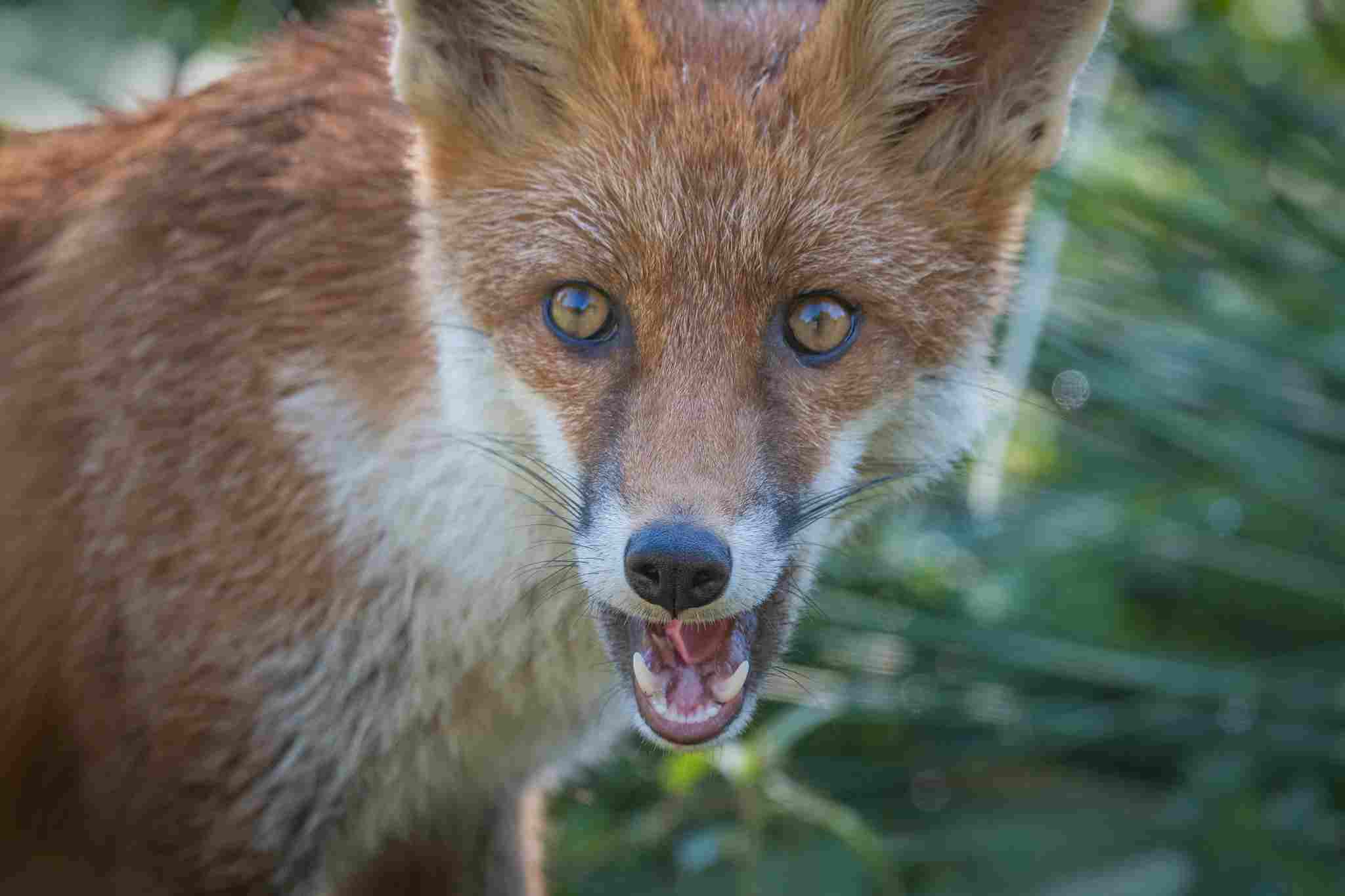
Cat (Domestic):
Varied coat colors and patterns, with short or long fur.
Slender body, retractable claws, and sharp teeth.
Variable eye colors and a keen sense of sight, adapted for hunting in low light.
Fox (Red Fox):
Rusty-red fur, white underparts, and a bushy tail with a white tip.
Slender, agile body, pointed ears, and a muzzle resembling a dog’s.
Sharp claws and teeth, adapted for omnivorous diet.
Comparison: Domestic cats exhibit diverse appearances based on breeds, while red foxes share a distinctive reddish coat and bushy tail.
Ecological Implications: Cats’ camouflage helps them in stalking prey, while the red fox’s coloration aids in blending with natural environments during hunting.
3. Size:
Cat (Domestic):
Varies by breed; typically 9-10 inches (shoulder height) and 18 inches (body length).
Domestic cats exhibit size diversity, with some breeds being notably larger or smaller.
Fox (Red Fox):
Shoulder height around 14-16 inches, body length up to 35 inches.
Generally larger than domestic cats.
Comparison: Red foxes are generally larger than domestic cats, with a more standardized size across individuals.
Ecological Implications: Size influences territorial needs and resource requirements, affecting the ecological niche each species occupies.
4. Weight:
Cat (Domestic):
Ranges from 5 to 20 pounds depending on the breed and individual.
Fox (Red Fox):
Typically 10-14 pounds for adults.
Comparison: While weight can vary widely among domestic cat breeds, red foxes generally fall within a more defined weight range.
Ecological Implications: Weight impacts factors like prey selection and energy expenditure, influencing the species’ ecological roles.
5. Bite Force (PSI):
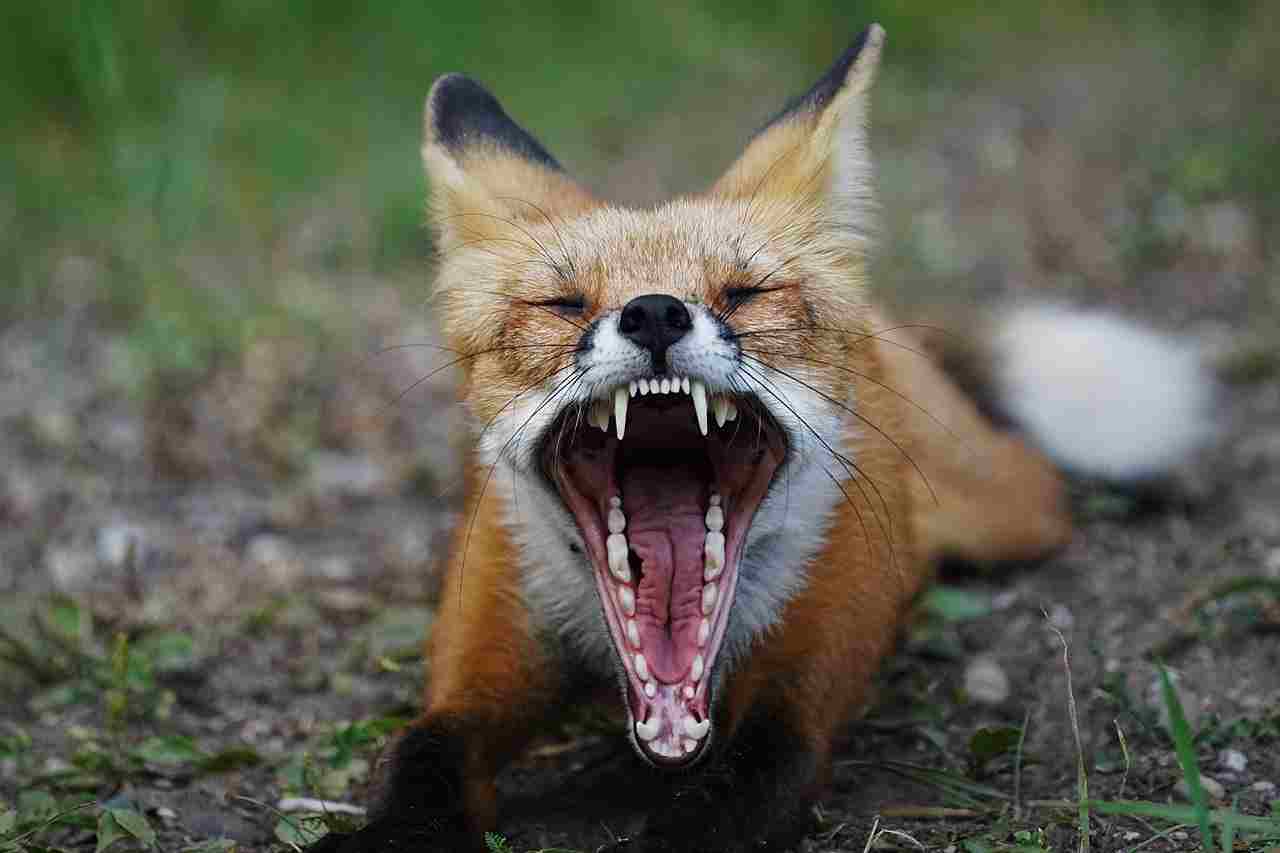
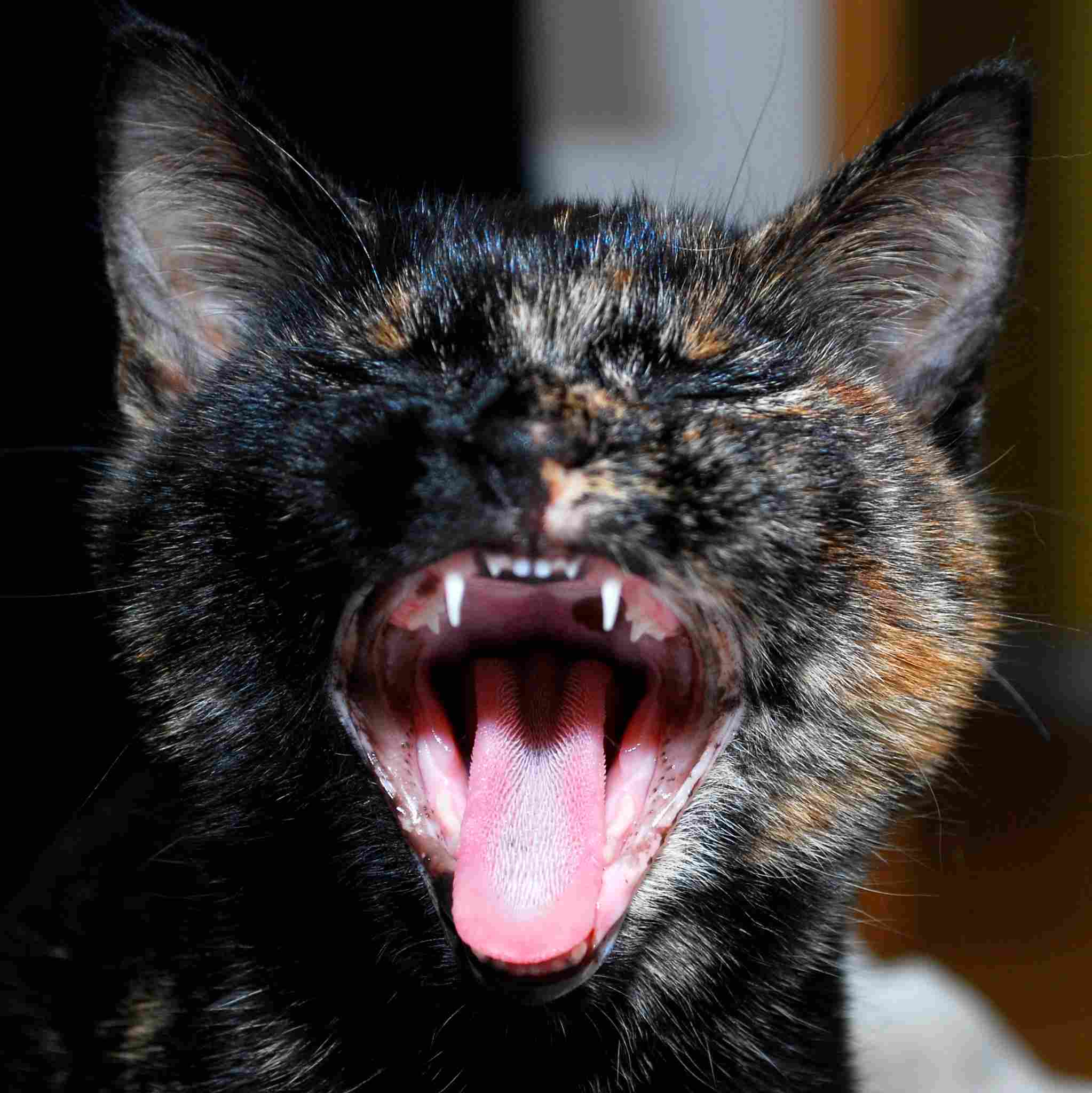
Cat (Domestic):
Approximately 230 pounds per square inch (PSI).
Fox (Red Fox):
Estimated around 200-400 PSI, varying by individual and age.
Comparison: Domestic cats generally have a consistent bite force, while red foxes exhibit more variability.
Ecological Implications: Bite force relates to hunting strategies and prey handling, influencing the ecological interactions between the species and their respective prey.
6. Physical Offensive Advantages:
Cat (Domestic):
Sharp retractable claws and strong jaws for effective hunting.
Quick reflexes and agility, enabling precise attacks on prey.
Fox (Red Fox):
Sharp teeth and claws for hunting small mammals, birds, and insects.
Agile and capable of swift pursuit in varied terrains.
Comparison: Both species possess sharp claws and teeth, but domestic cats may have a more pronounced predatory instinct.
Ecological Implications: These offensive features contribute to the efficiency of each species in capturing prey and maintaining their ecological roles.
7. Physical Defensive Advantages:
Cat (Domestic):
Agile and adept at climbing to escape predators.
Flexible body for evading threats and hiding in confined spaces.
Fox (Red Fox):
Fast runners and can escape predators through agility.
Sharp claws and teeth act as a defensive mechanism.
Comparison: Both species rely on agility and defensive adaptations, with cats excelling in climbing as a defensive strategy.
Ecological Implications: Defensive capabilities contribute to the survival and adaptation of each species in their respective environments.
8. Speed (Km/hour or Mile/hour):
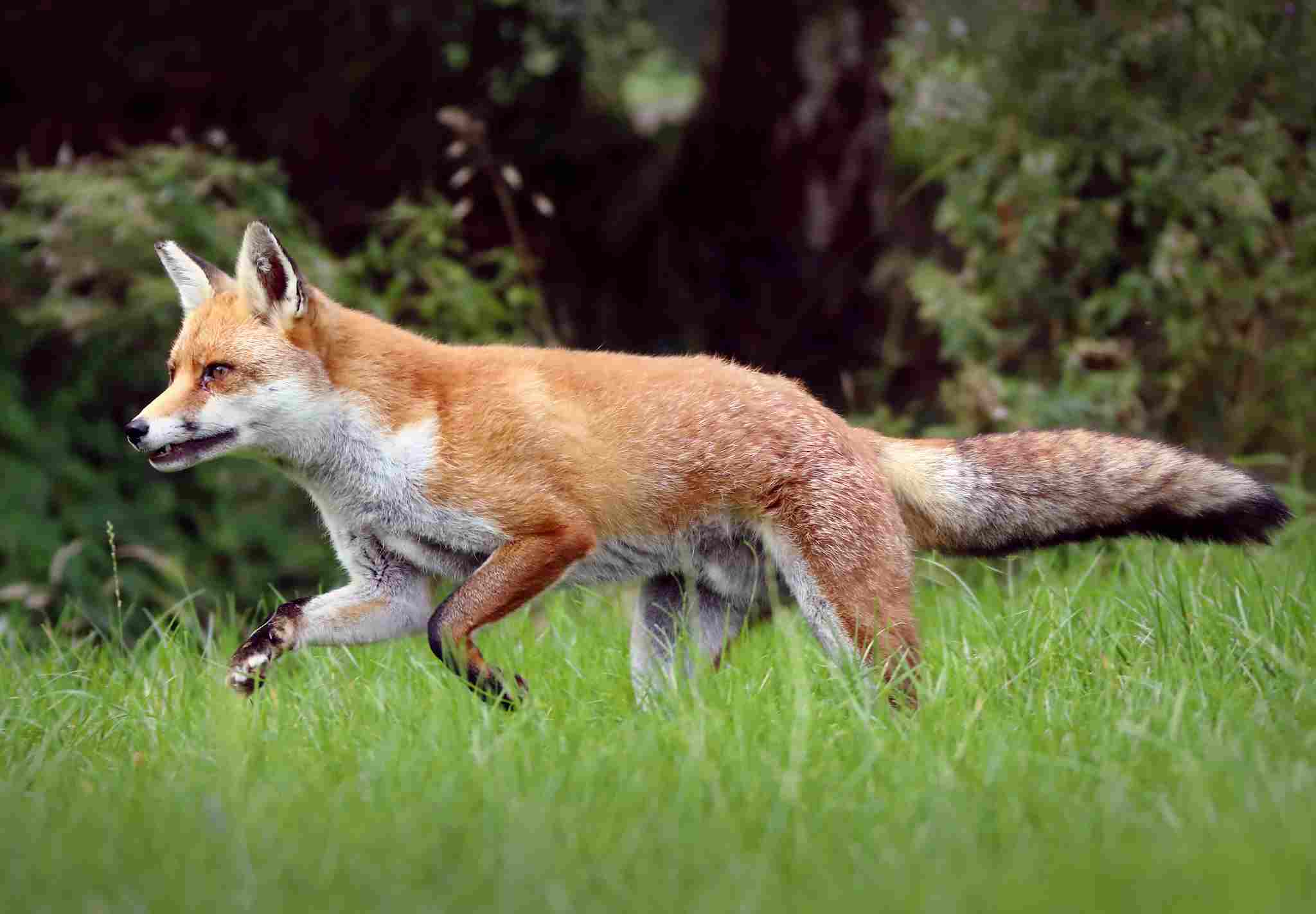
Cat (Domestic):
Can reach speeds of 30 miles per hour (48 km/h) in short bursts.
Fox (Red Fox):
Capable of running at speeds of 30 miles per hour (48 km/h) for longer distances.
Comparison: Similar top speeds, but domestic cats might rely more on short bursts of speed, while red foxes are built for sustained running.
Ecological Implications: Speed is crucial for both hunting and evading predators, influencing the ecological dynamics of the species.
9. Agility:
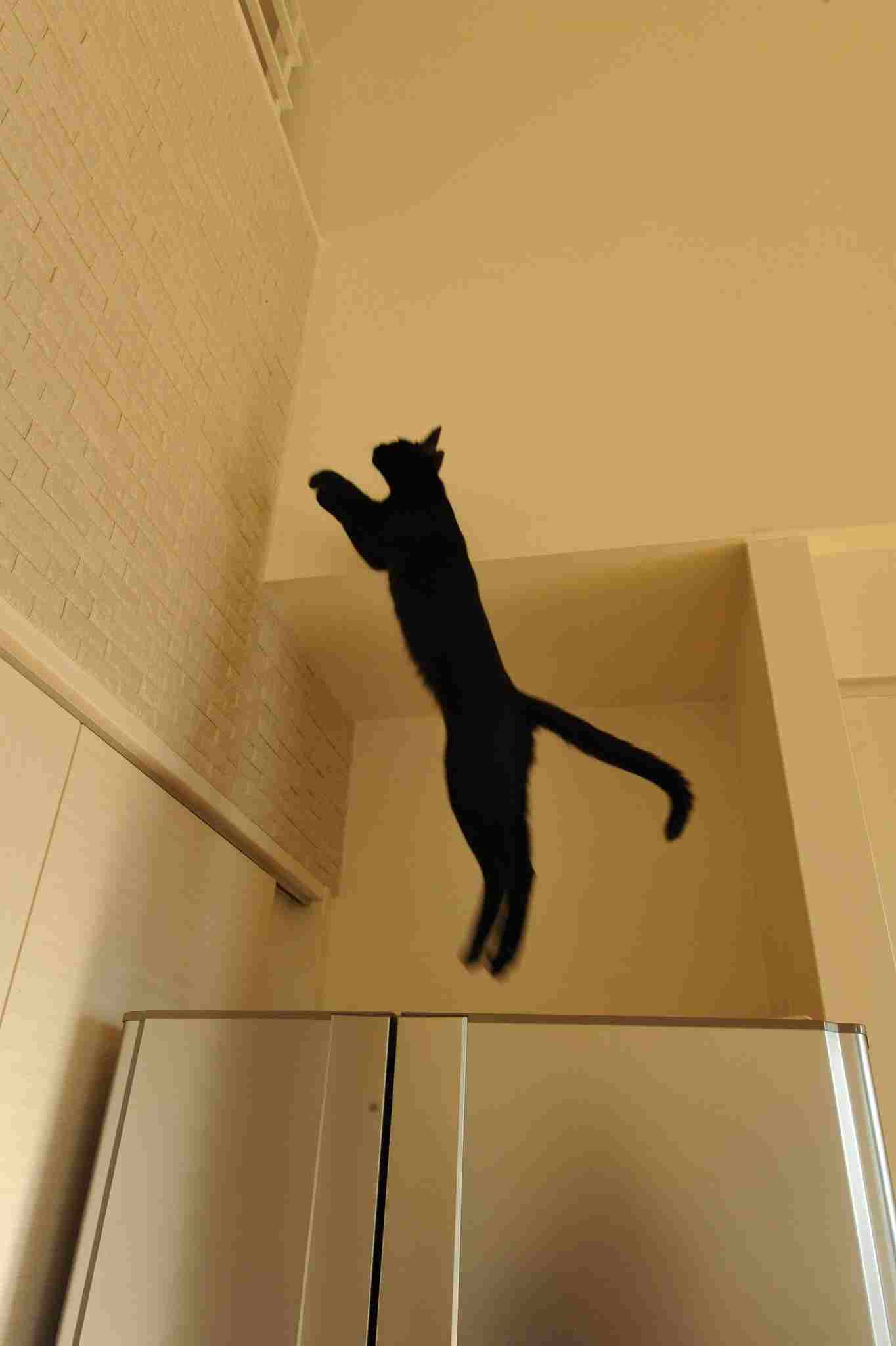
Cat (Domestic):
Exceptional agility, able to twist and turn mid-air, making them effective hunters.
Fox (Red Fox):
Agile with the ability to navigate diverse terrains, including forests and open fields.
Comparison: Both species display high levels of agility, crucial for their respective hunting strategies.
Ecological Implications: Agility is essential for maneuvering in different environments, impacting the success of hunting and avoiding threats.
10. Senses:
Cat (Domestic):
Exceptional night vision and acute hearing.
Highly developed sense of smell.
Whiskers for detecting vibrations and navigating in the dark.
Fox (Red Fox):
Good night vision and keen hearing.
Excellent sense of smell for locating prey and navigating.
Comparison: Both species rely on sharp senses for hunting and navigating in low-light conditions.
Ecological Implications: Enhanced senses contribute to efficient hunting and adapting to their surroundings.
11. Overall Physical Capacity:
Cat (Domestic):
Adaptable and capable of thriving in various environments.
Efficient hunters with a wide range of prey.
Fox (Red Fox):
Well-adapted to diverse habitats, from forests to urban areas.
Omnivorous diet, showcasing versatility.
Comparison: Both species exhibit versatile physical capacities, allowing them to inhabit different ecosystems.
Ecological Implications: Versatility enhances the ability to exploit various resources, contributing to their ecological roles.
12. Habitat Preference(s):

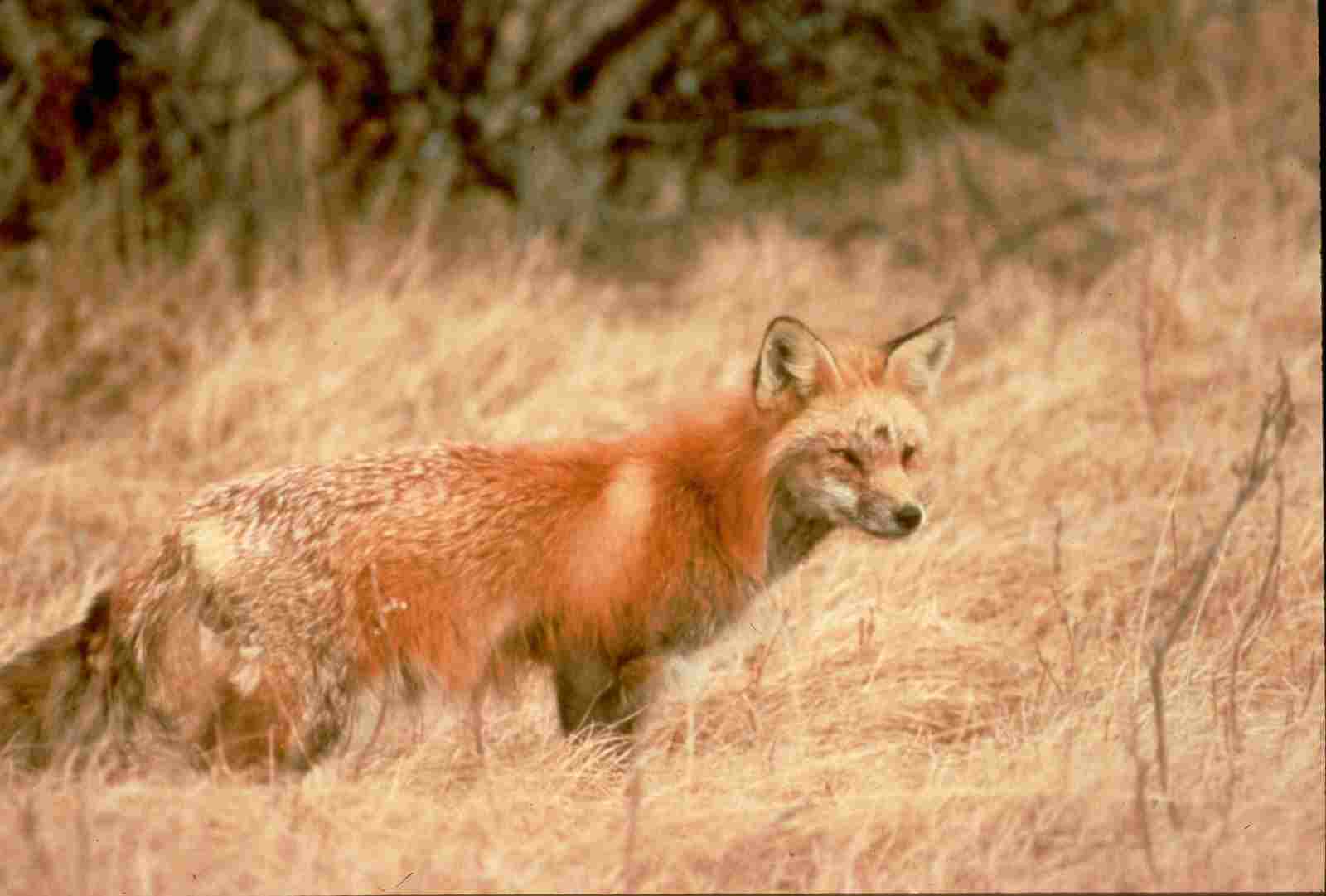
Cat (Domestic):
Comfortable in a variety of environments, often living with humans.
May have outdoor or indoor preferences based on individual behavior.
Fox (Red Fox):
Adaptable to various habitats, including forests, grasslands, and urban areas.
Often found near human settlements.
Comparison: Both species show adaptability to diverse habitats, with red foxes being more inclined towards natural environments.
Ecological Implications: Habitat preferences impact the interaction between these species and other organisms in their ecosystems.
13. Tracks:
Cat (Domestic):
Smaller and more delicate paw prints with retractable claws visible.
Typically four-toed prints.
Fox (Red Fox):
Distinctive tracks with four toes and a triangular shape.
Claw marks often visible, especially in softer ground.
Comparison: While both leave similar four-toed prints, red fox tracks are generally larger and more distinct.
Ecological Implications: Tracking enables researchers to study the distribution and behavior of these species in their respective habitats.
14. Lifespan:
Cat (Domestic):
Average lifespan of 12-15 years, but can vary based on factors such as breed and health.
Fox (Red Fox):
Typically live 3 to 4 years in the wild, but can reach up to 14 years in captivity.
Comparison: Domestic cats generally have a longer lifespan than red foxes, especially in controlled environments.
Ecological Implications: Lifespan affects the population dynamics and ecological interactions within their respective ecosystems.
15. Mode of Feeding:
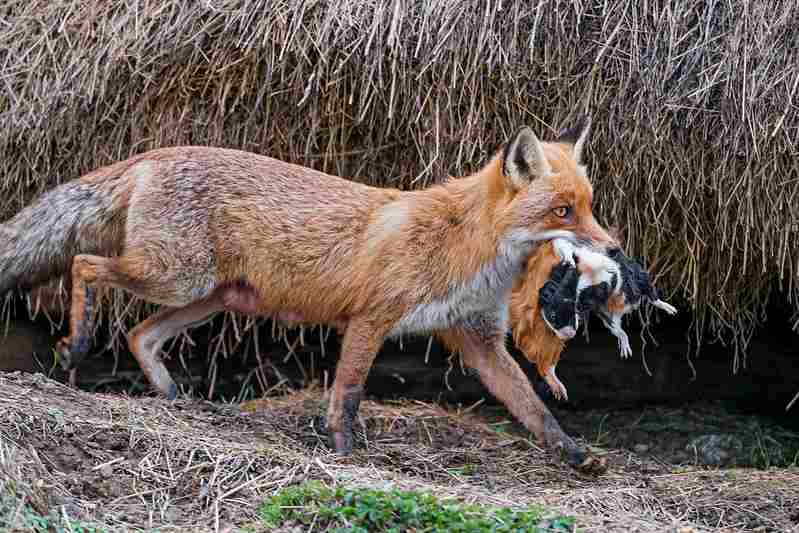
Cat (Domestic):
Carnivorous diet, primarily relying on meat for nutrition.
May consume small amounts of plant matter.
Fox (Red Fox):
Omnivorous diet, feeding on small mammals, birds, insects, fruits, and plants.
Adaptability in food sources.
Comparison: Cats have a more strictly carnivorous diet compared to the red fox, which is opportunistic and can consume a variety of foods.
Ecological Implications: Dietary preferences influence the ecological roles of these species within their ecosystems.
16. Intelligence:
Cat (Domestic):
Highly adaptable and capable of problem-solving.
Exhibit social intelligence and communication skills.
Fox (Red Fox):
Intelligent with problem-solving abilities.
Display adaptability in various environments.
Comparison: Both species demonstrate intelligence, but domestic cats may have more pronounced social intelligence.
Ecological Implications: Intelligence contributes to their ability to find and secure food, adapt to changing environments, and navigate social structures.
17. Social Behavior:
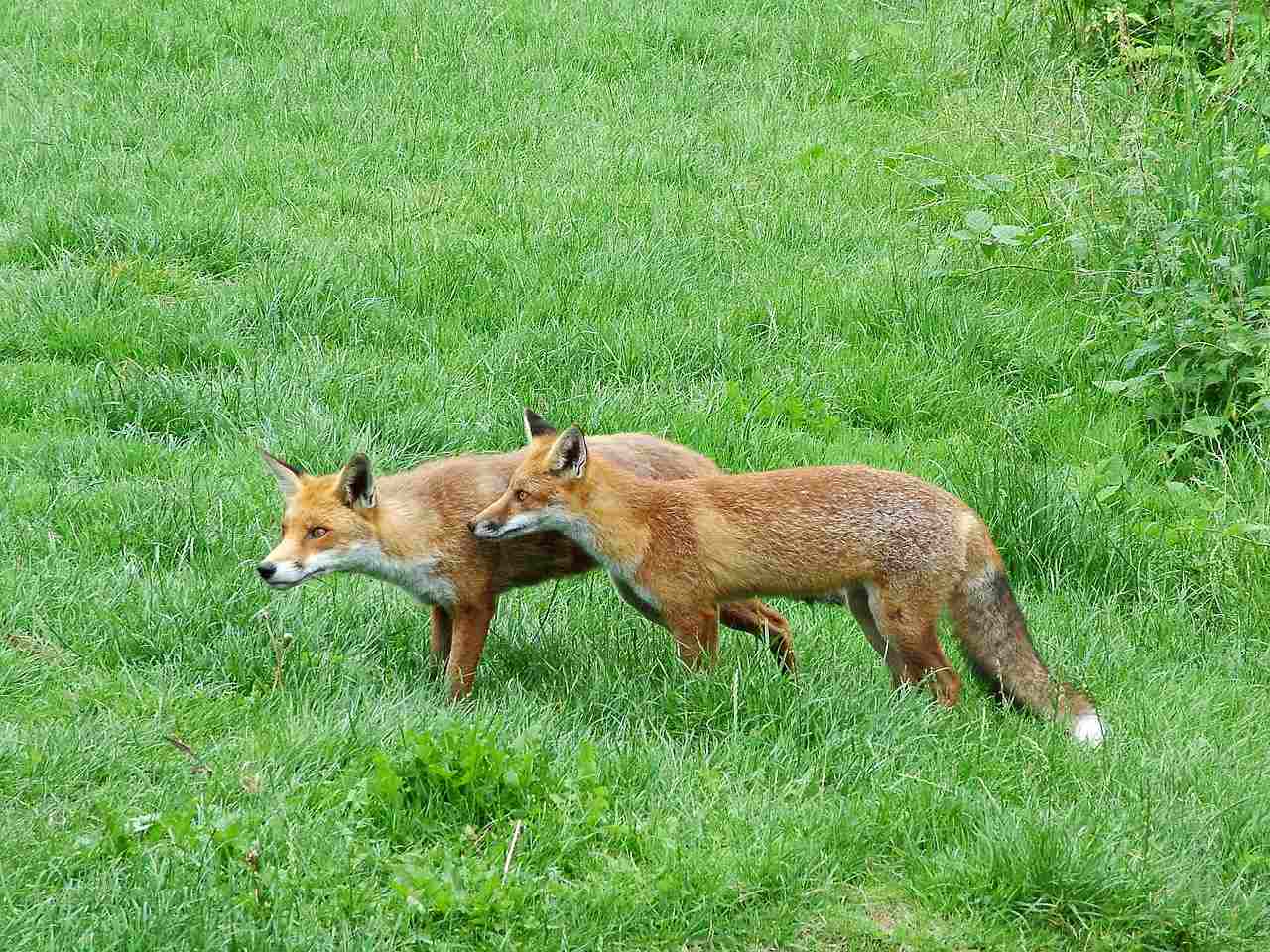
Cat (Domestic):
Varies; can be solitary or exhibit social behavior in groups.
Domestic cats may form social bonds with humans and other cats.
Fox (Red Fox):
Often solitary, but can form family units during breeding season.
Display territorial behavior.
Comparison: Domestic cats and red foxes both exhibit a range of social behaviors, but cats may be more adaptable to living in social groups.
Ecological Implications: Social behavior influences the structure and dynamics of their communities, impacting ecological interactions and roles.
18. Mode of Reproduction:
Cat (Domestic):
Seasonal polyestrous breeders, capable of reproducing throughout the year.
Gestation period around 63 days, giving birth to a litter of kittens.
Fox (Red Fox):
Typically monogamous, with a breeding season in winter.
Gestation period around 52 days, giving birth to a litter of kits.
Comparison: Both species exhibit seasonal breeding patterns, but domestic cats can reproduce throughout the year.
Ecological Implications: Reproductive strategies impact population dynamics and ecological balance within their respective ecosystems.
19. Parental Behavior:

Cat (Domestic):
Female cats (queens) nurse and care for their kittens.
Social learning through play and observation.
Fox (Red Fox):
Both parents (vixen and dog fox) contribute to caring for and protecting the kits.
Kits learn survival skills through play.
Comparison: Both species exhibit parental care, with red foxes showing shared parental responsibilities.
Ecological Implications: Parental behavior influences the survival and development of offspring, impacting population dynamics.
20. Proximity to Human-Inhabited Areas:
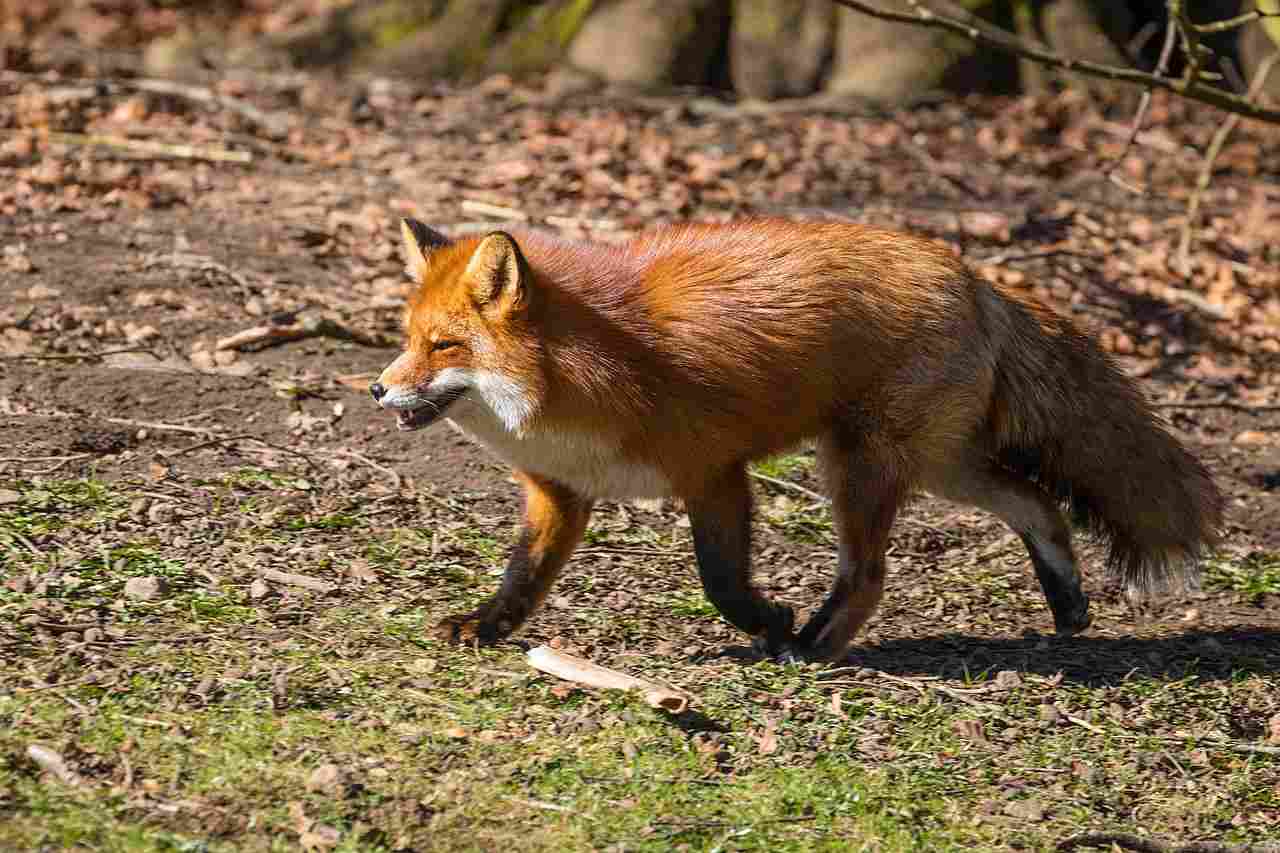
Cat (Domestic):
Commonly live in close proximity to human settlements as pets.
May also exist as feral or stray cats in urban areas.
Fox (Red Fox):
Adaptable to living in urban areas and near human settlements.
Can be considered pests due to interactions with human activities.
Comparison: Both species can be found in close proximity to human-inhabited areas, with domestic cats often as pets.
Ecological Implications: The interaction with human environments can impact the behavior, diet, and survival of these species.
21. Behavior Toward Humans:

Cat (Domestic):
Varied; domestic cats can form bonds with humans and exhibit affectionate behavior.
Some may be more independent or reserved.
Fox (Red Fox):
Generally cautious but may become accustomed to human presence.
Can display bold behavior, especially in urban areas.
Comparison: Domestic cats often have more diverse and direct interactions with humans, while red foxes may be more cautious.
Ecological Implications: The behavior toward humans influences the coexistence and potential conflicts between these species and human communities.
22. Danger Posed to Humans:
Cat (Domestic):
Generally not dangerous to humans, though scratches and bites can occur.
Domestic cats are not considered a significant threat.
Fox (Red Fox):
Rarely pose a direct threat to humans, but encounters may lead to defensive behavior.
Instances of attacks on humans are uncommon.
Comparison: Both species generally pose minimal danger to humans, with rare instances of defensive behavior.
Ecological Implications: Limited threat to humans allows for coexistence but may lead to conflicts in certain situations.
23. Associated Precautions:
Cat (Domestic):
Basic precautions include vaccinations, spaying/neutering, and proper care.
Indoor cats may have fewer exposure risks than outdoor ones.
Fox (Red Fox):
Caution advised in areas with a high fox population to avoid potential conflicts.
Measures like securing food waste can reduce fox attraction.
Comparison: Precautions for domestic cats are primarily focused on health, while precautions for red foxes relate to minimizing human-wildlife conflicts.
Ecological Implications: Responsible ownership practices and human behavior can mitigate negative impacts on both species.
24. Conservation Status:

Cat (Domestic):
Not classified under conservation status as they are domesticated.
Concerns related to feral cat populations and their impact on local wildlife.
Fox (Red Fox):
Generally of least concern, with widespread populations.
Populations may face local threats due to habitat loss or disease.
Comparison: Domestic cats are not formally classified, while red foxes are generally considered of least concern in terms of conservation status.
Ecological Implications: Conservation status reflects the broader ecological health of their habitats and the potential impact on local ecosystems.
Summary of Comparison
Taxonomy:
Cat (Domestic) belongs to Felidae family, while Red Fox belongs to Canidae.
Appearance:
Cats have varied coat colors and patterns; Red Fox has a distinctive rusty-red fur.
Size:
Cats are smaller, with variations based on breeds; Red Fox is generally larger.
Weight:
Cats vary in weight, while Red Fox typically weighs 10-14 pounds.
Bite Force (PSI):
Cats have a consistent bite force (~230 PSI); Red Fox varies (200-400 PSI).
Physical Offensive Advantages:
Both have sharp claws and teeth; cats may have a more pronounced predatory instinct.
Physical Defensive Advantages:
Both rely on agility; cats excel in climbing.
Speed:
Similar top speeds; cats rely on short bursts, Red Fox for sustained running.
Agility:
Both display high agility, crucial for hunting.
Senses:
Both rely on sharp senses for hunting in low-light conditions.
Overall Physical Capacity:
Both exhibit versatile physical capacities for various environments.
Habitat Preference(s):
Both adaptable to diverse habitats; Red Fox inclined towards natural environments.
Tracks:
Both leave four-toed prints; Red Fox tracks are generally larger and more distinct.
Lifespan:
Cats generally have a longer lifespan (12-15 years); Red Fox lives 3-4 years in the wild.
Mode of Feeding:
Cats have a primarily carnivorous diet; Red Fox is omnivorous.
Intelligence:
Both demonstrate intelligence; cats may have more pronounced social intelligence.
Social Behavior:
Cats may be solitary or exhibit social behavior; Red Fox often solitary with family units during breeding.
Mode of Reproduction:
Cats are seasonal polyestrous breeders; Red Fox is monogamous with a winter breeding season.
Parental Behavior:
Both exhibit parental care, with Red Fox showing shared parental responsibilities.
Proximity to Human-Inhabited Areas:
Both can be found in close proximity to human settlements; cats may be pets.
Behavior Toward Humans:
Cats have diverse interactions; Red Fox is generally cautious.
Danger Posed to Humans:
Both generally pose minimal danger, with rare instances of defensive behavior.
Associated Precautions:
Cats’ precautions focus on health; Red Fox precautions aim to minimize conflicts.
Conservation Status:
Cats are not formally classified; Red Fox is generally of least concern.
Conclusion:
-Similarities:
Both exhibit adaptability to various environments.
Display versatile hunting strategies.
Can live in close proximity to human settlements.
-Differences:
Domestic cats are domesticated, while red foxes are wild.
Cats generally have a longer lifespan.
Red foxes are omnivores, while cats are primarily carnivores.
Cats exhibit more direct and varied interactions with humans.
